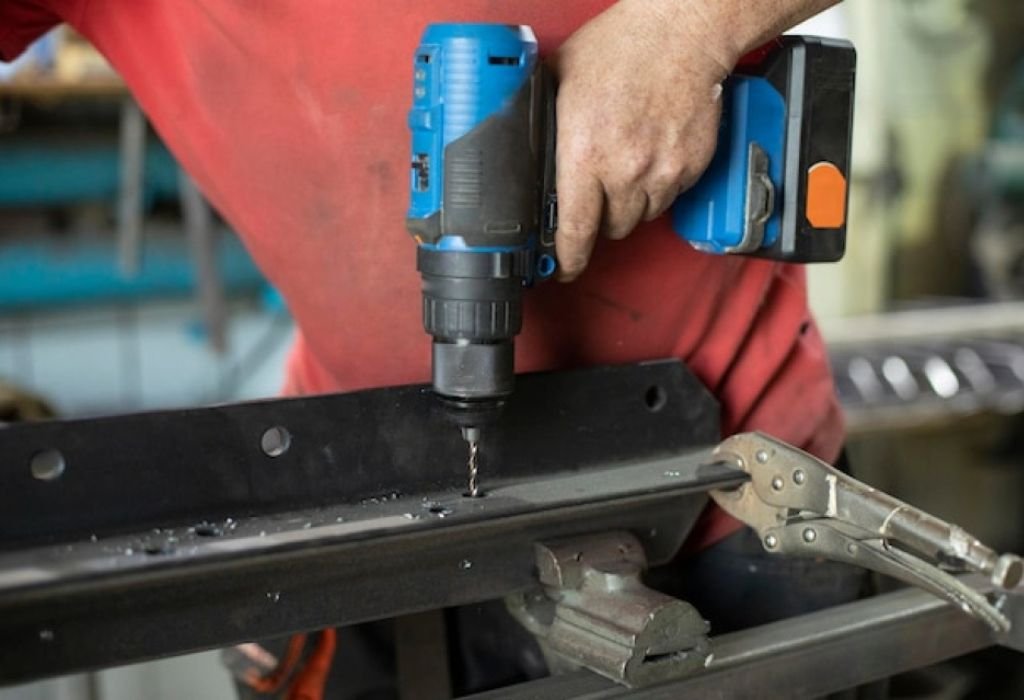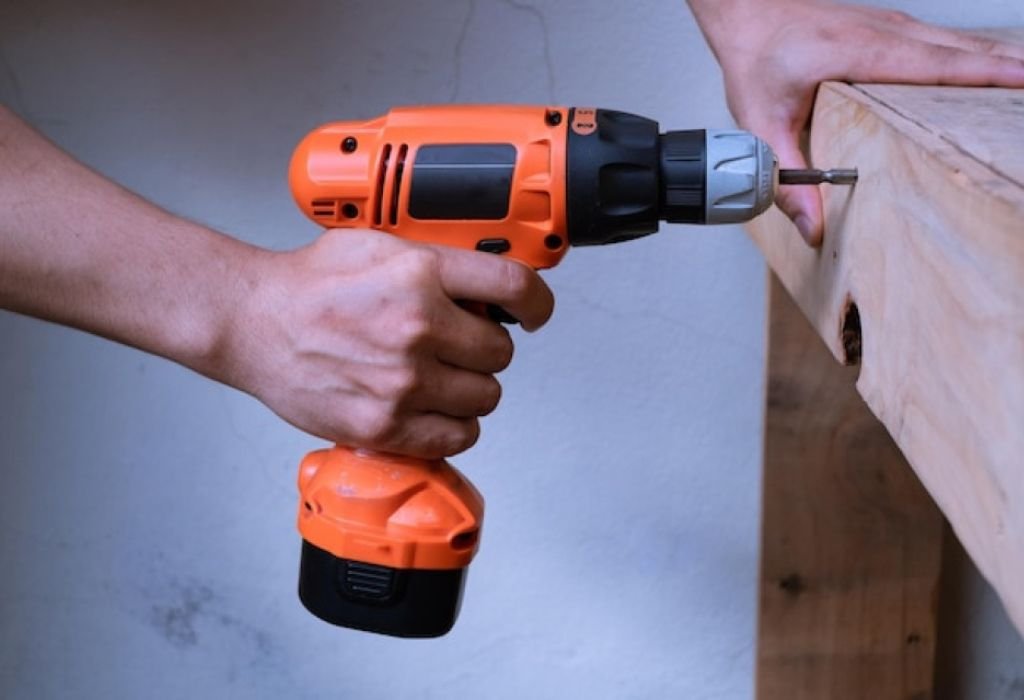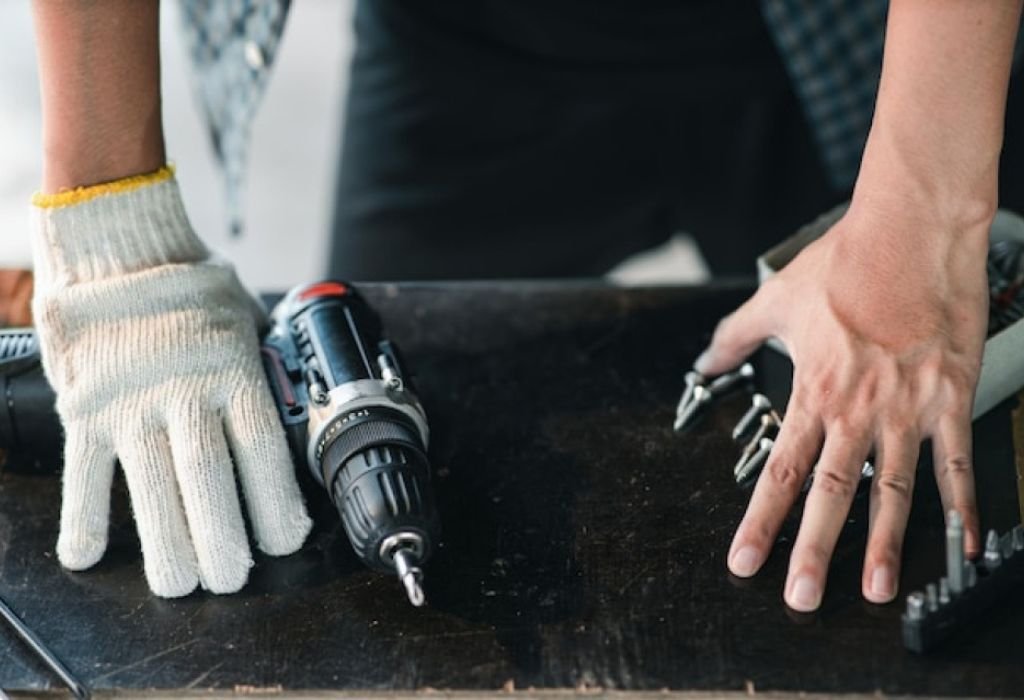A homeowner struggling to drive long screws into a wooden deck often finds that a standard drill slips, strips the screw head, and leaves the project half-finished.
The frustration of damaged screws and wasted effort makes many people wonder whether a more powerful tool is necessary for the job.
Impact drivers are becoming more popular, but many buyers remain unsure about whether they are essential or just an advanced version of the drill they already own.
While both tools look similar, their functions and strengths are different, making the decision more complicated than it first appears.
According to recent Market Research, sales of impact drivers have increased by over 20% in the past five years as homeowners and professionals discover their benefits.
This trend reflects how DIY projects and construction jobs increasingly rely on specialized tools for efficiency and durability.
Understanding whether you need an impact driver depends on the type of work you plan to do, the materials you use, and how often you take on heavy-duty fastening tasks.
This guide explains what impact drivers do, how they compare to drills, and whether they belong in your toolbox in 2025.
What Is an Impact Driver?

An impact driver is a power tool designed for fastening screws, bolts, and lag fasteners with high torque. Unlike a drill, which relies on continuous rotation, an impact driver combines rotation with quick hammering action.
This hammering torque makes it easier to drive screws into dense materials without slipping or stripping. The design reduces strain on the wrist and delivers more efficient fastening.
Impact drivers typically use ¼-inch hex shank bits instead of the round bits used in standard drills. This allows secure fitting and prevents bit slippage during high-torque tasks.
Most impact drivers today are cordless, powered by rechargeable lithium-ion batteries, making them portable and convenient for both professionals and DIYers.
What is an impact driver used for?
It is used for driving screws, bolts, and lag fasteners.
How does it differ from a drill?
It uses hammering torque instead of only rotation.
Do impact drivers drill holes?
Yes, but only with hex shank drill bits.
What bits do impact drivers use?
¼-inch hex shank impact-rated bits.
Are impact drivers cordless?
Yes, most modern models are battery-powered.
Impact Driver vs Drill: Key Differences
Drills are versatile tools designed for drilling holes and handling light screw-driving tasks. They come with adjustable clutches for controlling torque.
Impact drivers, however, excel at heavy fastening jobs by delivering far more torque and reducing the chances of stripping screws. They are smaller in size but more powerful for driving.
An impact driver lacks the clutch options found in drills, making it less suitable for precision work. Instead, it is optimized for tasks that require force and speed.
For homeowners, owning both tools provides flexibility, as each excels at different jobs.
Is an impact driver better than a drill?
It is better for heavy fastening but not as versatile.
Do I still need a drill if I have an impact driver?
Yes, drills are better for precise hole drilling.
Which is more versatile?
A drill, since it handles more tasks.
Which is better for beginners?
A drill, as it is easier to control.
Do professionals use both?
Yes, they rely on each for different purposes.
When Do You Really Need an Impact Driver?
An impact driver is necessary for projects involving long screws, lag bolts, or repetitive fastening. It handles tasks that would otherwise be difficult with a standard drill.
Woodworkers often use impact drivers for building decks, fences, and framing projects. The tool’s torque makes driving into hardwoods much easier.
Contractors benefit from the speed and efficiency of impact drivers in construction jobs. DIYers tackling large renovation projects may also find them valuable.
For small household repairs, however, a drill is usually enough. Impact drivers are more of a specialty tool than a daily necessity.
Do I need an impact driver for furniture assembly?
No, a regular drill works fine.
Do I need one for woodworking?
Yes, for hardwood or large screws.
Is it required for home repairs?
No, only for heavy-duty jobs.
Do I need it for deck building?
Yes, it is highly recommended.
Is it overkill for light DIY?
Yes, a drill is enough.
Benefits of Using an Impact Driver

One of the biggest benefits of an impact driver is its torque, which makes fastening stronger and faster. This allows users to complete projects more efficiently.
The hammering action reduces the chance of stripping screw heads. It also decreases the amount of pressure needed from the user.
Impact drivers are compact, making them useful in tight or awkward spaces. Their design improves maneuverability compared to larger drills.
For repetitive tasks, they save both time and physical strain, making them a favorite among professionals.
Do impact drivers save time?
Yes, they work faster than drills.
Are they easier on the wrist?
Yes, they reduce physical strain.
Do they prevent stripped screws?
Yes, their torque protects screw heads.
Are they more powerful than drills?
Yes, especially for fastening.
Do they work in tight spaces?
Yes, their design is compact.
Limitations of an Impact Driver
An impact driver cannot fully replace a drill because it lacks the ability to handle precision drilling tasks. It is designed mainly for fastening.
It requires impact-rated bits, which are stronger and sometimes more expensive. Regular bits may break under the torque.
The noise level is higher compared to drills, which can be uncomfortable during long use. Users often prefer ear protection for extended work.
Impact drivers are also more expensive than basic drills, making them a less cost-effective option for light DIYers.
Can an impact driver drill holes?
Yes, but only with hex drill bits.
Do I need special bits?
Yes, impact-rated hex bits are required.
Are they too loud?
Yes, they are noisier than drills.
Can they replace a drill?
No, they are not as versatile.
Do they cost more than drills?
Yes, impact drivers are usually pricier.
Do Professionals Always Use Impact Drivers?
Impact drivers are widely used in construction and woodworking trades. Professionals rely on them for speed and efficiency.
Carpenters use them for framing and decking, while electricians may use them for fastening large screws. Contractors consider them a standard part of the toolbox.
However, many professionals still keep drills for precision work. The two tools complement rather than replace each other.
For serious projects, professionals often carry both for maximum flexibility.
Do all pros use impact drivers?
Yes, in heavy-duty applications.
Do contractors carry both?
Yes, drills and impact drivers work together.
Do pros use them for framing?
Yes, they are excellent for that.
Are they standard in toolkits now?
Yes, most pros own them.
Do carpenters rely on them daily?
Yes, especially for fastening.
How to Decide If You Need an Impact Driver

The decision depends on your project types. If you only handle small DIY tasks, a drill will be enough.
If you frequently work with hardwood, decking, or heavy construction, an impact driver is a smart investment. It saves time and reduces effort.
For homeowners with limited budgets, buying a drill first makes sense. Combo kits that include both a drill and an impact driver offer the best value.
Think about how often you use power tools and what materials you work with. These factors determine whether an impact driver is worth it.
How do I know if I need one?
Check if your projects involve heavy fastening.
Is it worth buying if I already have a drill?
Yes, if you do large projects often.
Do casual DIYers need them?
No, drills are enough for small tasks.
Is it better to buy a combo kit?
Yes, it gives both tools affordably.
Does an impact driver replace a drill?
No, they serve different purposes.
Conclusion
An impact driver is not necessary for everyone, but it is extremely valuable for heavy-duty fastening tasks. It saves time, prevents stripped screws, and reduces physical effort.
For light household work, a drill provides enough versatility and affordability. An impact driver becomes essential when projects involve larger screws, tougher materials, or frequent construction tasks.
Professionals and serious DIYers often use both, recognizing that each tool has its strengths. The right choice depends on how much fastening you do.
Final advice: if most of your projects involve light drilling and occasional screw driving, stick with a drill. If you build decks, furniture, or do frequent renovations, an impact driver will make your life much easier.

I’m John F. Nicholas, the founder, lead writer, and drill enthusiast behind 101drill.com. With years of hands-on experience in power tools and DIY projects, I created this platform to share practical knowledge, expert tips, and real-world insights to help others master the art of drilling.
